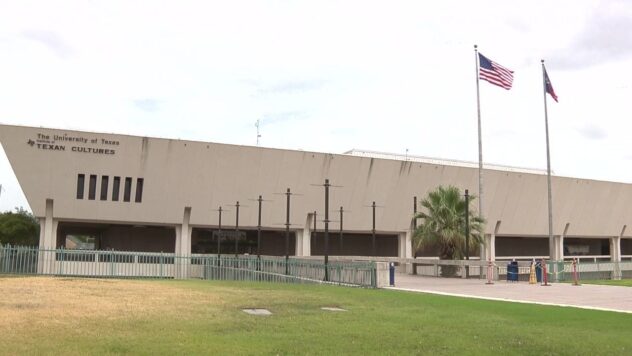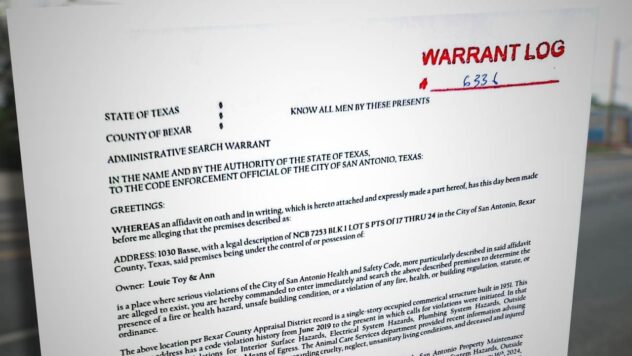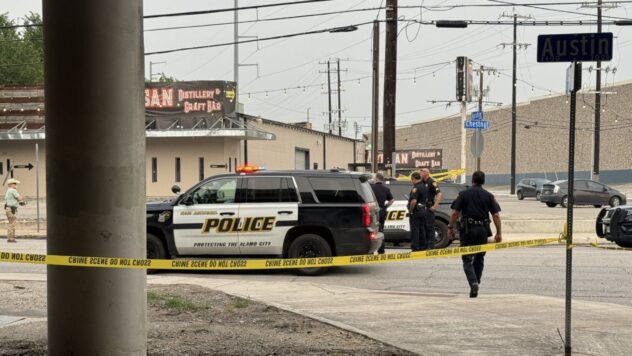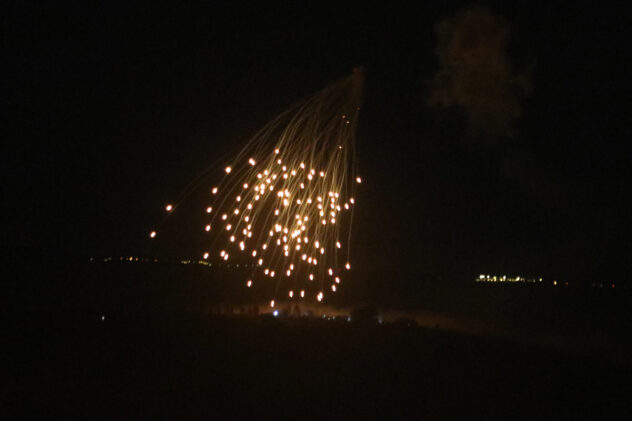As omicron surges in San Antonio, hospitalizations look different this time around
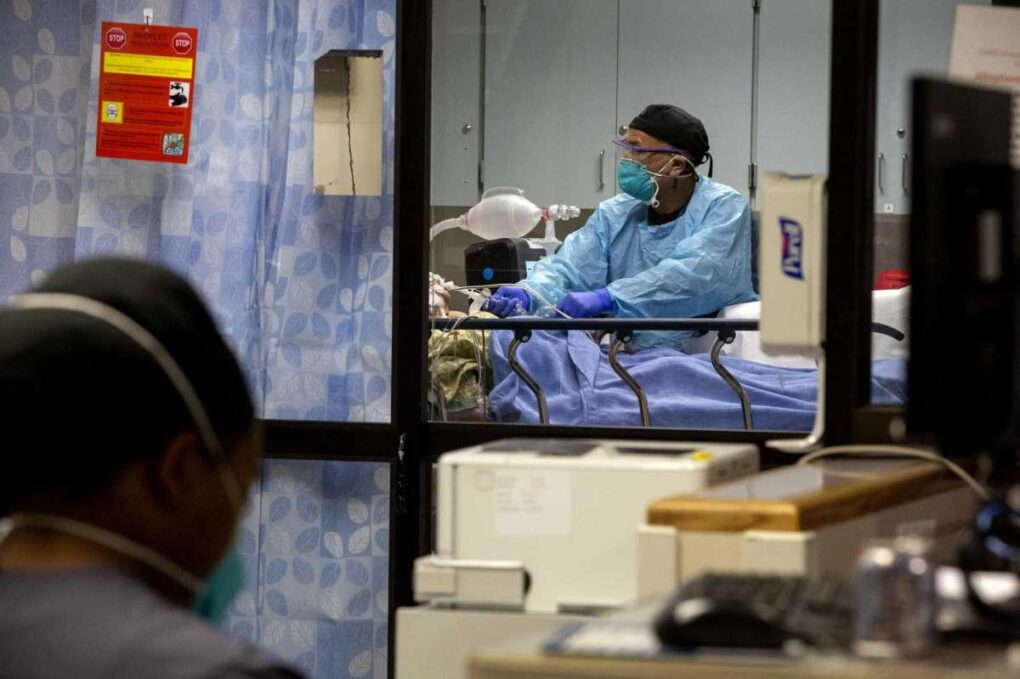
Bexar County hospital stress levels have jumped to severe, but CEO of the South Texas Regional Advisory Council says the statistics of COVID hospitalizations look different with this surge. Still, the spread should still not be taken lightly.
As of January 11, San Antonio recorded 4,248 new cases and there were 898 people hospitalized with COVID-19, according to data from Metro Health. The numbers were enough to bring “Hospital Trends” into the “Critical” level and “Hospital Stress” into the severe level.
However, there were only 195 intensive care unit patients and 73 people on ventilators, comparatively less than past COVID spikes. COVID admissions compared to ICU and ventilator usage is around 5 percent to 7 percent less than previous surges, says STRAC CEO Eric Epley.
“They’re having the same signs and symptoms as before, it’s just there not quite as severe as needing the ICU and ventilator,” Epley says.
Nurse Jose Moreno treats a COVID-19 patient in the emergency room at Texas Vista Medical Center. Patients are still coming into the hospital to treat COVID, but the statistics look different this time around.
Jessica Phelps /San Antonio Express-News
He also says it’s because hospitals are treating patients differently as they learn more about the virus. Patients will still show up with breathing trouble but clinicians are not as quick to put patients on a ventilator if it’s not necessary. Now they put people on high-flow O2 breathing apparatuses, which allow more oxygen to flow through.
Hospitals also treat COVID patients with antiviral medication, steroids, anti-inflammatory medicine, and infusions of monoclonal antibodies.
“Now the ICU numbers, I definitely agree are showing that people are less severe when they come to the hospital but they’re still sick,” Epley says.
A big part of the stress on hospitals now is staffing. Mayor Ron Nirenberg and County Judge Nelson Wolff sent a letter to Gov. Greg Abbott this week requesting more nurses. The letter says that hospital staff are also being affected by COVID, leading to shortage.
Epley says those nurses who are taking time off are known as call-offs. He didn’t have an exact or roundabout number of hospital staff that is out, but the rate of call-offs are significantly higher than previous surges.
“And so those call-offs are higher, which makes it makes it a smaller number in the hospital feel a little more painful if you don’t have as many people to take care of them,” Epley says.
Read more from Steven



